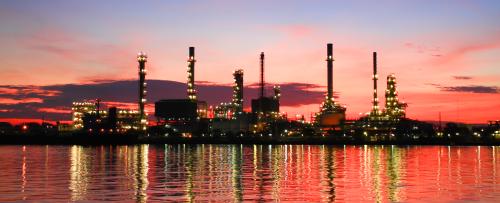The friendly skies have never been more crowded. In 2018, 4.3 billion passengers stowed their tray tables and brought their seat backs into the upright position on their way to and from wherever they wanted — or needed — to go. That passenger demand is expected to double over the next two decades.
To keep pace, some airlines are using bigger planes to carry more passengers longer distances, and they’re relying on U.S. fuel refiners to produce the jet fuel that makes it all possible, while reducing flying’s environmental impact.
While air traffic is a source of emissions, a major increase in air traffic doesn’t have to result in a proportional increase in pollution.
The average fuel economy of U.S. airlines has improved since 2007, as the industry has deployed more fuel-efficient planes; added capacity for passengers; and enhanced operations via course planning, flight speed and idling time.
Domestic fuel refiners have also made air travel advancements possible by increasing the production of jet fuel — powering more flights and cleaner-burning jet engines that are helping to reduce the environmental impact of air travel.
As airline traffic continues to grow, American fuel refiners will be there to supply the jet fuels to power the more fuel-efficient planes that make a smaller impact.
Learn more about how U.S. fuel and petrochemical manufacturers are making life easier, safer and more productive at www.WeMakeProgress.org.



